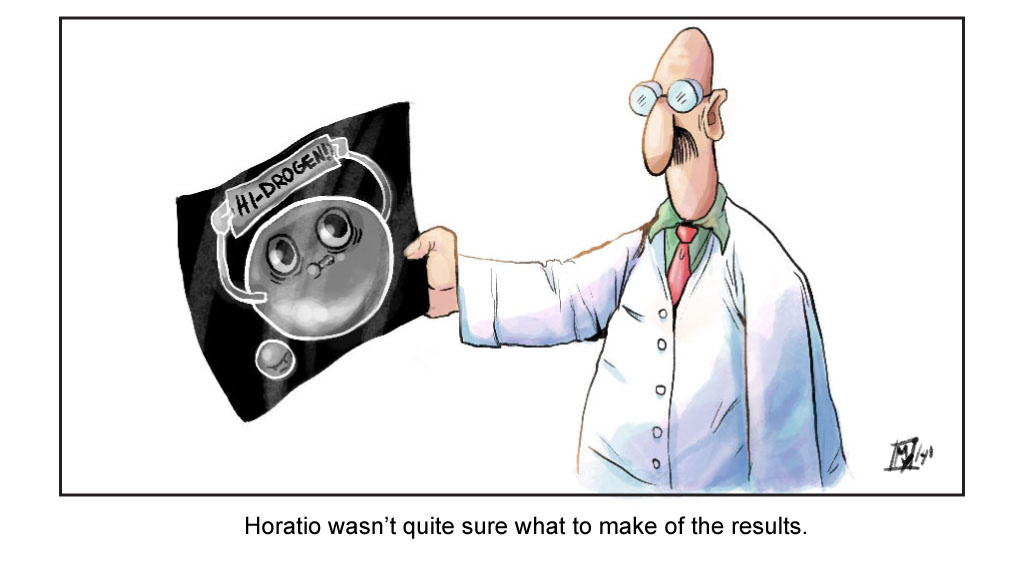Christian Degen of ETH Zurich, along with his colleagues at the University of Leipzig, is currently researching ways to increase the resolution of imaging using magnetic resonance imaging (MRI). His research could lead to techniques that can provide better image quality of the molecular structure of single molecules, such as atoms. MRIs are well known for their uses in hospitals, which include creating images of organs and other structures within the human body and helping to detect abnormalities that cannot been seen with an X-ray or ultrasound machine.
Christian Degen and his team of scientists were able to detect a single hydrogen atom using high-resolution MRI. Their next goal is eventually being able to begin significantly increasing the resolution of these images in order for there to be a clearer image of single molecules—more than 1 million times the fine resolution capability. Just being able to detect a single hydrogen atom has led Degen's team, as well as many other scientists, closer to achieving better resolution for MRIs.
So, how were Degen and his team able to accomplish this? Their research reported in the journal Science showed that they were able to measure the MRI signal with a diamond sensor chip using an optical readout in a fluorescent microscope. The impurity of the diamond, known as a nitrogen-vacancy center, is both fluorescent and magnetic, making it suitable for precise magnetic field measurements. The MRI machine was able to get an optical readout from certain spots where the impurities were located and use it to determine the location of individual hydrogen atoms. Degen explained: "Quantum mechanics, then, provides an elegant proof of whether one has detected an individual nucleus, or rather a cluster of several hydrogen atoms.”
Although this particular MRI, which works at such a fine scale, would not work for patient diagnostics, it is a step further in understanding the structures of molecules as well as many other applications in the field of technology. Eventually, it might bring a solution to the challenge of imaging resolution.








